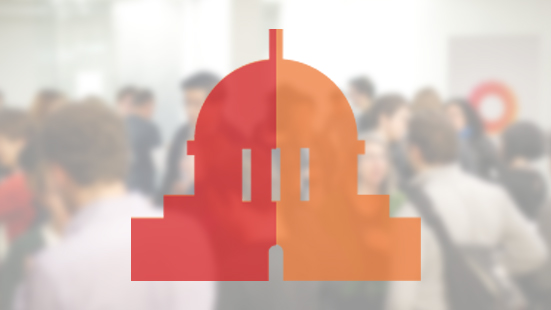It’s been two months since New York City agreed to postpone a vote on legislation that would have capped the number of for hire vehicles in the city, a policy that would have been particularly damaging for small and emerging startups in the rideshare industry. The City instead has initiated a pair of studies: one a broad look at the taxi and for hire vehicle (FHV) industry and the regulations that govern it, and the other an analysis of congestion and its causes. Both studies are set to be completed by the end of this year.
To the City’s credit, it has made an effort to engage with startups and the larger tech community as it plans and conducts these studies. Engine has already participated in one meeting in which startups and advocates were given the opportunity to ask questions and weigh in on the studies.
However, it’s still unclear what impact this dialogue will ultimately have on the findings of the studies, and - more importantly - on whatever policy decisions are made based on those findings. With that in mind, Engine has shared the following recommendations with the Mayor’s office.
***
The study focused on regulation of the FHV and rideshare industries should consider the following:
- The possibility of creating a brand new regulatory scheme for yellow and green taxis, livery and black cars, that is different from either of the current structures.
- The possibility of bringing yellow and green taxi regulations closer in line with the current black and livery regulatory scheme.
- The possibility of creating a new set of regulations that encourages and supports ridesharing or other public benefits being enabled by new technologies.
- The importance of creating a regulatory scheme that allows for emerging startups to innovate within the FHV industry, and which is not overly burdensome or cost prohibitive for new market entrants.
The study focused on the causes of traffic and congestion in Manhattan’s central business district should be sure to look at a wide array of potential contributing factors beyond the FHV and rideshare industries, including:
- The number of deliveries being made within the central business district and the behavior of those vehicles.
- The number of privately owned vehicles entering the central business district and changes in their behavior.
- Changes in bicycle and pedestrian traffic.
- Changes to the streetscape such as bike lanes, pedestrian plazas, or traffic calming devices.
- Street and other infrastructure conditions.
- Changes in scope, location and duration of street, bridge and tunnel closures resulting from construction, events, disabled vehicles, and other factors.
- Inefficiencies in current signaling systems and grid layout, including placement of one way streets.
Perhaps even more important than the parameters and findings of the studies are the policy recommendations that stem from these studies. In that context, we would like to see the City consider the following:
- When evaluating different factors, consider not just how much they contribute to congestion, but also what public benefits they provide. Some factors (ex. an increase in the availability of FHVs to underserved communities, improved access to bike lanes or pedestrian plazas) may have a negative impact on traffic but also have a clear public benefit. Other factors (ex. inefficiencies in signaling systems) have no public benefit. It will likely be preferable to reduce the factors that have no public benefit before reducing factors that have a clear public benefit.
- When considering driver pay, benefits, flexibility and quality of life, don’t just evaluate new technology driven FHV operators. Make sure to look at these factors for traditional drivers as well.
- Explore opportunities for the City to better use data to support a more flexible, 21st century regulatory scheme that can adapt to changing conditions in real time. Engage with transportation startups as well as leaders in the civic tech community to look for ways to make better use of the data that both companies and city agencies collect.
- Continue to invest in and prioritize making New York a more connected city. Broadband infrastructure doesn’t just help families and businesses connect to the Internet, it opens up endless possibilities to transform the streetscape into a smart-grid that can collect and adapt to real time conditions.
- Provide ample opportunity for innovators in the FHV and rideshare space to design and propose solutions to any negative impacts. Reasonable market and innovation based solutions should be viewed as preferable to government regulation wherever possible.
- If new regulations are considered, make sure they leave the door open for the next wave of innovators. Be careful not to inadvertently stifle new startups that could very well solve the problems currently under debate.
- Consider all solutions on the merits, even those that prove financially or politically challenging. Regulating FHVs may seem less expensive than making serious infrastructure investments, or more politically expedient than tolling East River crossings, but it may not prove nearly as effective at addressing the true causes of congestion.
***
We’ll continue to engage with the Mayor’s office and other stakeholders in the weeks ahead. And as always, we’ll be working to ensure that startups have a real seat at the table.



